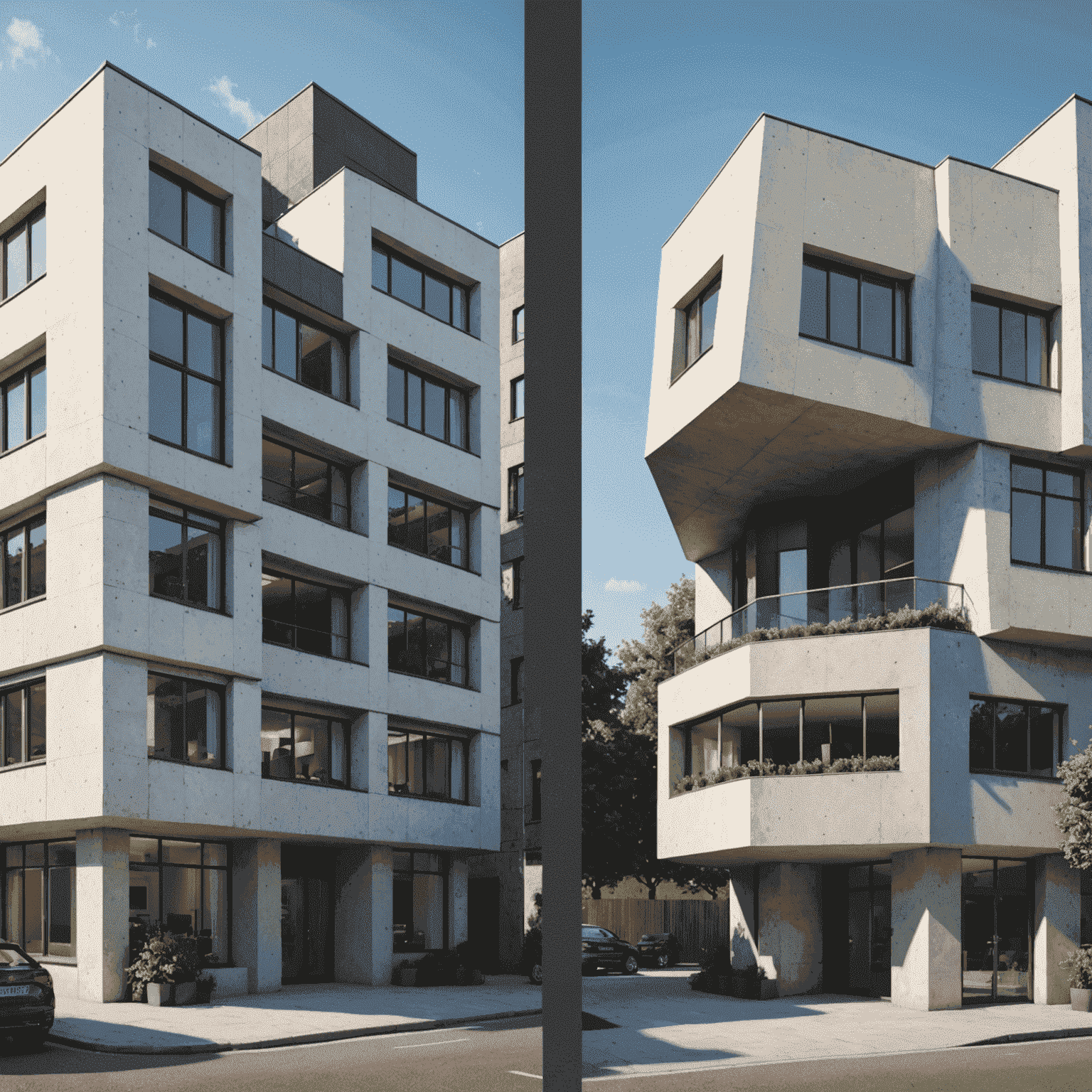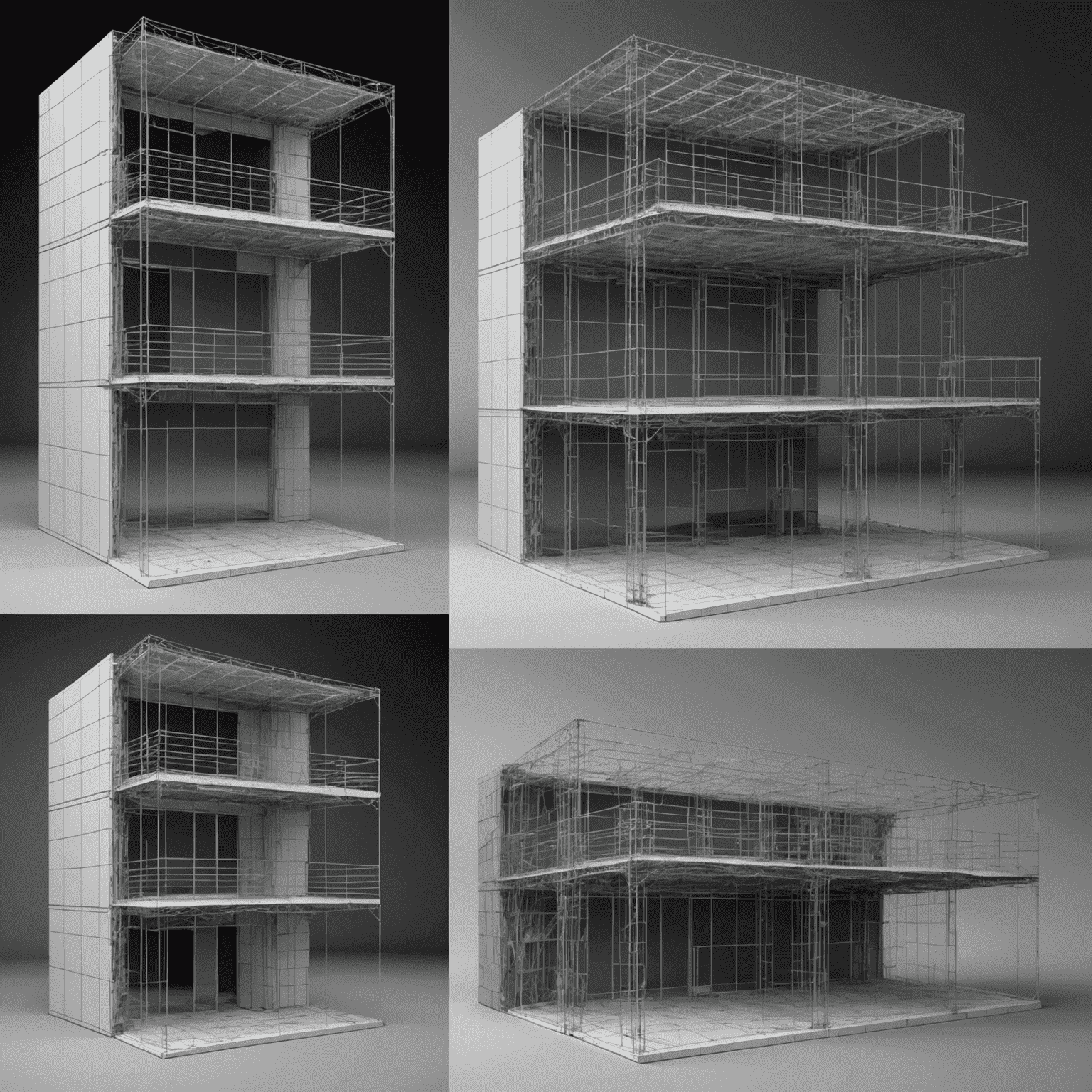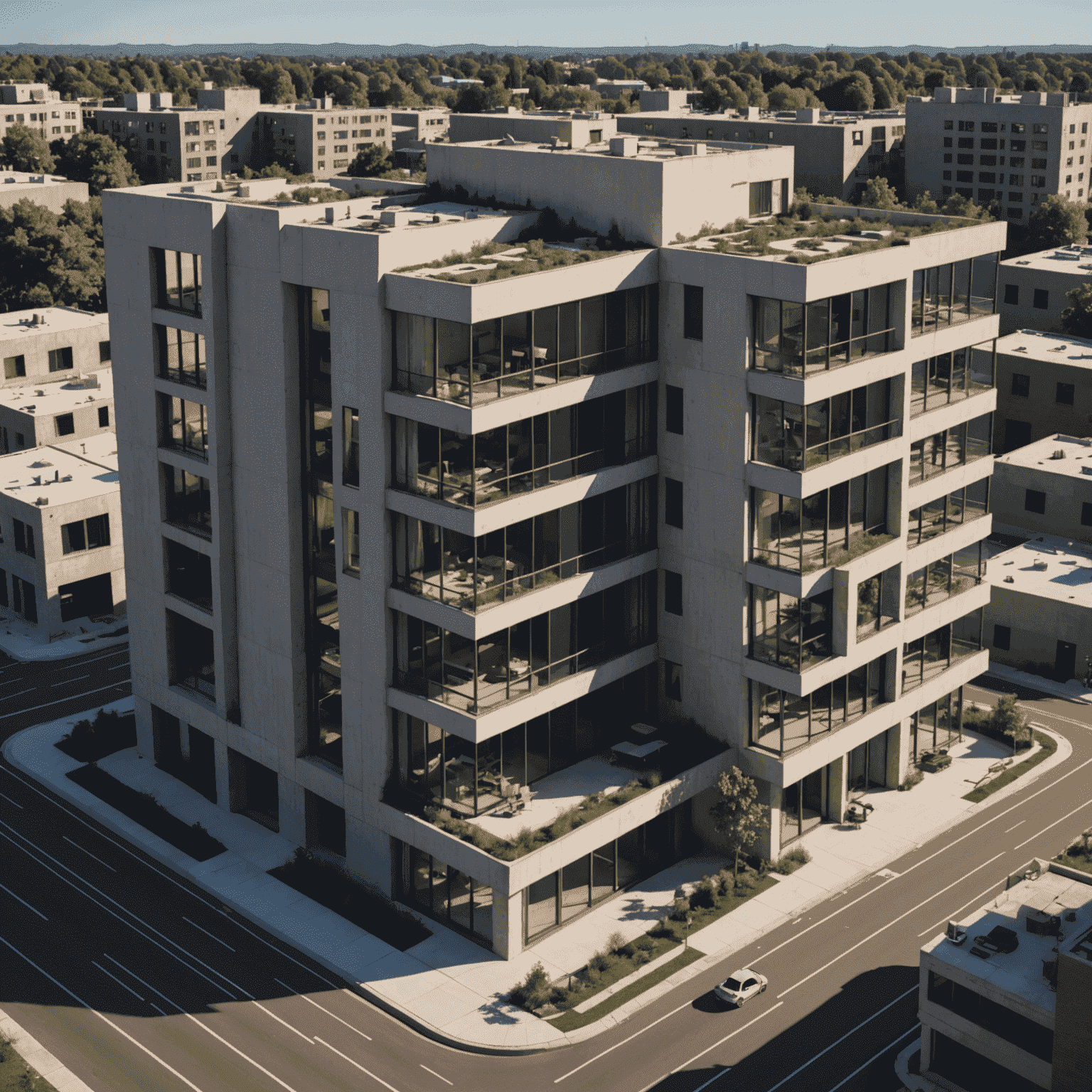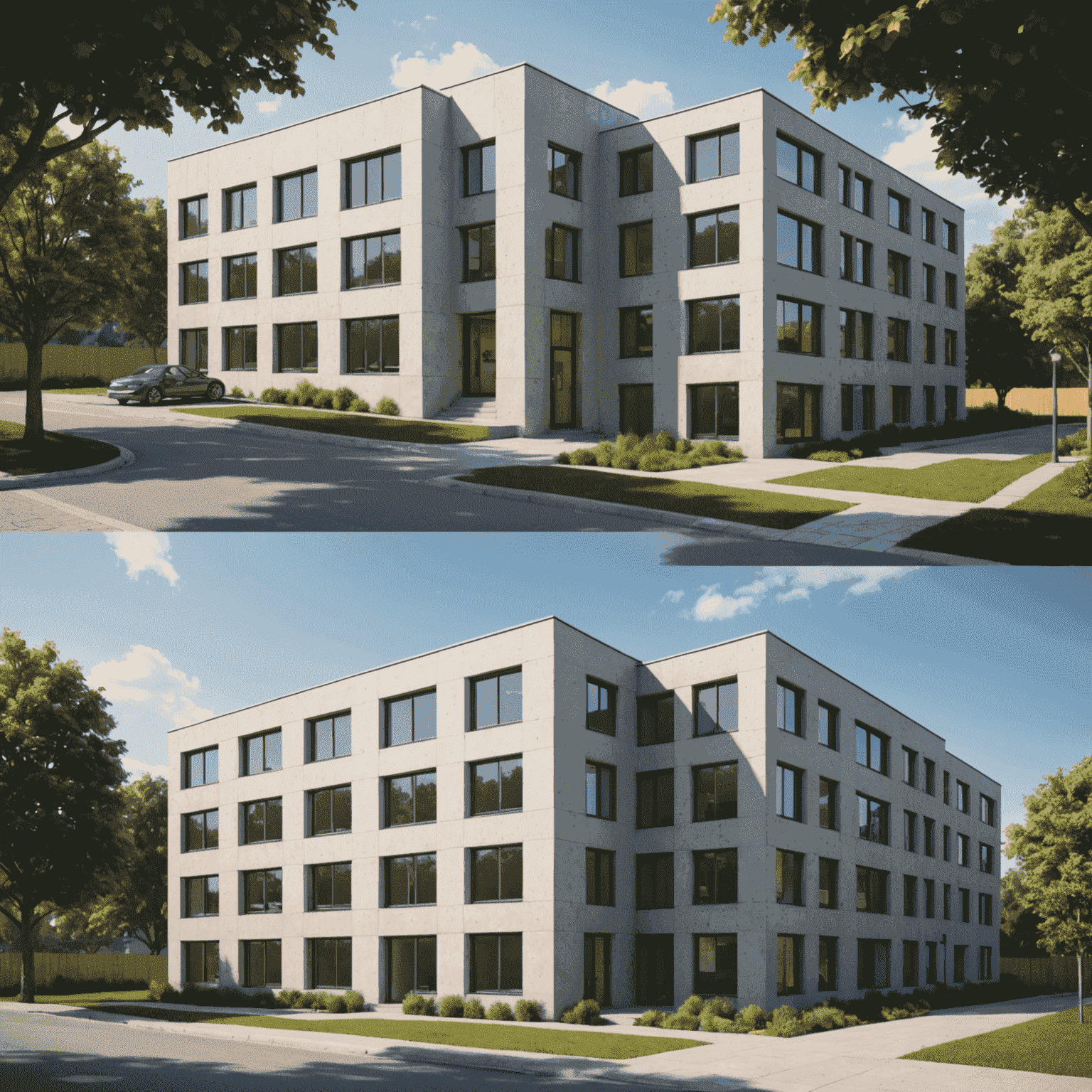How to Optimize Large 3D Models in SketchUp for Better Performance

Understanding SketchUp Performance Bottlenecks
Before diving into optimization techniques, it's important to understand what causes SketchUp to slow down. The primary factors affecting performance include:
- Excessive polygon count
- Large texture files
- Complex component hierarchies
- Inefficient modeling practices
- Hardware limitations
By addressing these key areas, you can dramatically improve your workflow and model responsiveness.
1. Component Management Strategies
Components are your best allies when working with large models. They not only help organize your work but also significantly reduce file size and improve performance.

Use Nested Components
Create a logical hierarchy of components to organize your model. For example, in a building model:
- Level 1: Building component
- Level 2: Floor components
- Level 3: Room components
- Level 4: Furniture components
This approach allows SketchUp to process only the visible components, significantly reducing the computational load.
Purge Unused Components
Regularly use the "Purge Unused" feature (Window → Model Info → Statistics → Purge Unused) to remove components that are no longer needed in your model. This can dramatically reduce file size.
2. Polygon Reduction Techniques
High polygon counts are often the main culprit behind sluggish performance. Here's how to keep them in check:
Level of Detail (LOD) Approach
Create multiple versions of complex objects with varying levels of detail:
- High-detail versions: Use for close-up views and renderings
- Medium-detail versions: Use for general modeling
- Low-detail versions: Use for distant objects or when working on other areas

Simplify Curved Surfaces
Adjust the segment count for circles, arcs, and curved shapes. For most modeling purposes, you rarely need more than 24 segments for a circle. To change this setting:
- Go to Window → Model Info → Components
- Adjust the "Maximum curve segments" and "Maximum curve smoothness" values
3. Texture and Material Optimization
Large texture files can significantly impact performance and file size. Here's how to optimize them:
Resize Textures
Before importing textures into SketchUp, resize them to appropriate dimensions. As a general rule:
- Large surfaces: 1024×1024 pixels maximum
- Medium surfaces: 512×512 pixels
- Small details: 256×256 pixels or smaller
Use Texture Compression
Convert textures to compressed formats like JPEG (for photographic textures) or PNG (for textures with transparency) before importing them into SketchUp.

Reuse Materials
Instead of creating new materials for similar surfaces, reuse existing ones. This reduces the number of unique textures SketchUp needs to process.
4. Scene and View Management
How you set up your scenes and views can significantly impact performance:
Use Scenes Strategically
Create scenes that focus on specific areas of your model. This allows you to work on complex sections without having to render the entire model at once.
Adjust View Settings
When working on large models, consider these view adjustments:
- Switch to wireframe or hidden line mode for navigation
- Disable shadows when not needed
- Use monochrome face style for complex geometry
- Increase the "Field of View" to see more of your model at once

5. Section Planes and Outliner
These powerful tools can help you manage complex models more effectively:
Section Planes
Use section planes to temporarily hide portions of your model, allowing you to focus on specific areas without the performance hit of rendering everything.
Outliner Organization
The Outliner panel (Window → Outliner) helps you organize and control the visibility of components. Create a logical structure and use it to hide complex parts of your model when working on other areas.
6. External References and Proxy Models
For extremely large projects, consider breaking your model into multiple files:
Linked Models
Use the "Component from File" feature to reference external SketchUp files. This allows you to work on sections independently and combine them only when needed.
Proxy Components
Create simplified "proxy" versions of complex components for everyday modeling, and switch to detailed versions only for final renderings.

7. Hardware and Software Considerations
Sometimes optimization requires looking beyond the model itself:
Hardware Upgrades
If you regularly work with large models, consider these hardware priorities:
- Graphics card with dedicated VRAM (4GB minimum, 8GB+ recommended)
- Sufficient RAM (16GB minimum, 32GB+ recommended)
- Fast SSD storage
- Multi-core processor
SketchUp Settings
Optimize your SketchUp settings:
- Increase the amount of memory allocated to SketchUp
- Update graphics drivers regularly
- Close unnecessary applications when working with large models
- Consider using SketchUp Pro for access to advanced features
8. Regular Maintenance Practices
Adopt these habits to keep your models running smoothly:
- Regular saving: Save incremental versions of your file
- Model auditing: Use the Model Info panel to check statistics regularly
- Cleanup routines: Periodically run the "Fix Problems" tool (Window → Model Info → Statistics)
- Backup workflow: Maintain backups at different stages of your project
Conclusion
Optimizing large 3D models in SketchUp requires a combination of smart modeling practices, efficient organization, and strategic use of the software's features. By implementing these techniques, you can maintain smooth performance even with complex models.
Remember that optimization is an ongoing process, not a one-time task. Regularly review your model's performance and apply these techniques as your project grows in complexity.
Pro Tip
When working with client projects, consider creating a "presentation version" of your model with optimized components and simplified geometry specifically for client meetings and real-time walkthroughs.
